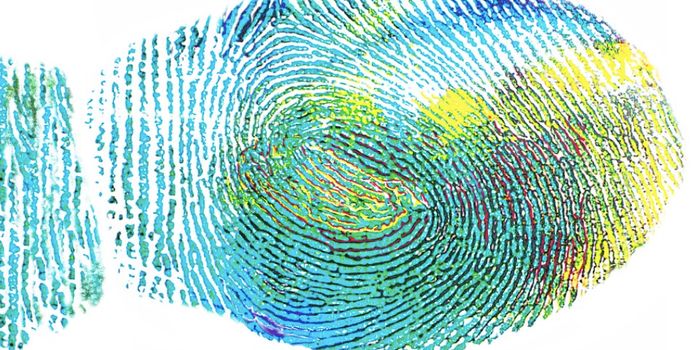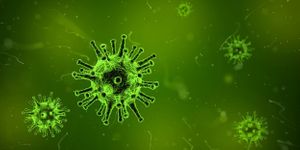Our skin is home to a carnival of millions of bacteria, fungi, and viruses that together form the dermal microbiota. These tiny guests that colonize the largest organ of the human body have essential roles in keeping pathogens at bay and breaking down natural waste products.
We also know that this delicate ecosystem of microorganisms is compromised in skin pathologies such as dermatitis and acne. For this reason, efforts to map and study the human skin microbiome have intensified in recent years.
Standing in the way of answers, however, are several technical challenges. For example, growing skin bacteria in a lab setting isn't easy. Conventionally, these bacteria are cultured on agar plates to create colonies that can then be studied. The problem is that not all bacterial species living on skin grow equally under these artificial conditions, with slower-growing species often getting overlooked.
More recently, researchers have turned to advanced sequencing technologies to perform skin microbiome surveys. In this case, contaminating genetic material from skin cells and dead bacteria can muddy the sequence information obtained, making it difficult to get clear answers.
A new study has revealed a way of 'cleaning up' samples to remove contaminating non-target DNA, leaving behind only the genetic material of live bacteria that make up the microbiome.
Scientists from the Technical University of Munich developed a method of using an enzyme called benzonase for this clean-up step. Benzonase chops up genetic material into tiny fragments. However, the genomes of live bacteria are spared from the enzyme's slicing and dicing because of their protective outer cell walls.
The fragments can then be mechanically separated before performing 16S sequencing, a method for mapping the genetic composition of intact bacteria.
Lead author Martin Köberle said: "The enzyme-based selection of living skin bacteria can help us to find microbial biomarkers for certain dermatological illnesses and also to identify the bacteria that have a positive influence on the course of the disease. Perhaps they will be used in treatments one day."
-
MAY 07, 2024Is It Anti-RNP or Anti-Sm/RNP?
- See More
-
APR 30, 2024Immuno-Oncology Virtual Event Series 2024
-
MAY 07, 20243rd International Biosecurity Virtual Symposium
-
JUN 06, 2024The Future of Scientific Conferencing
- See More


















































